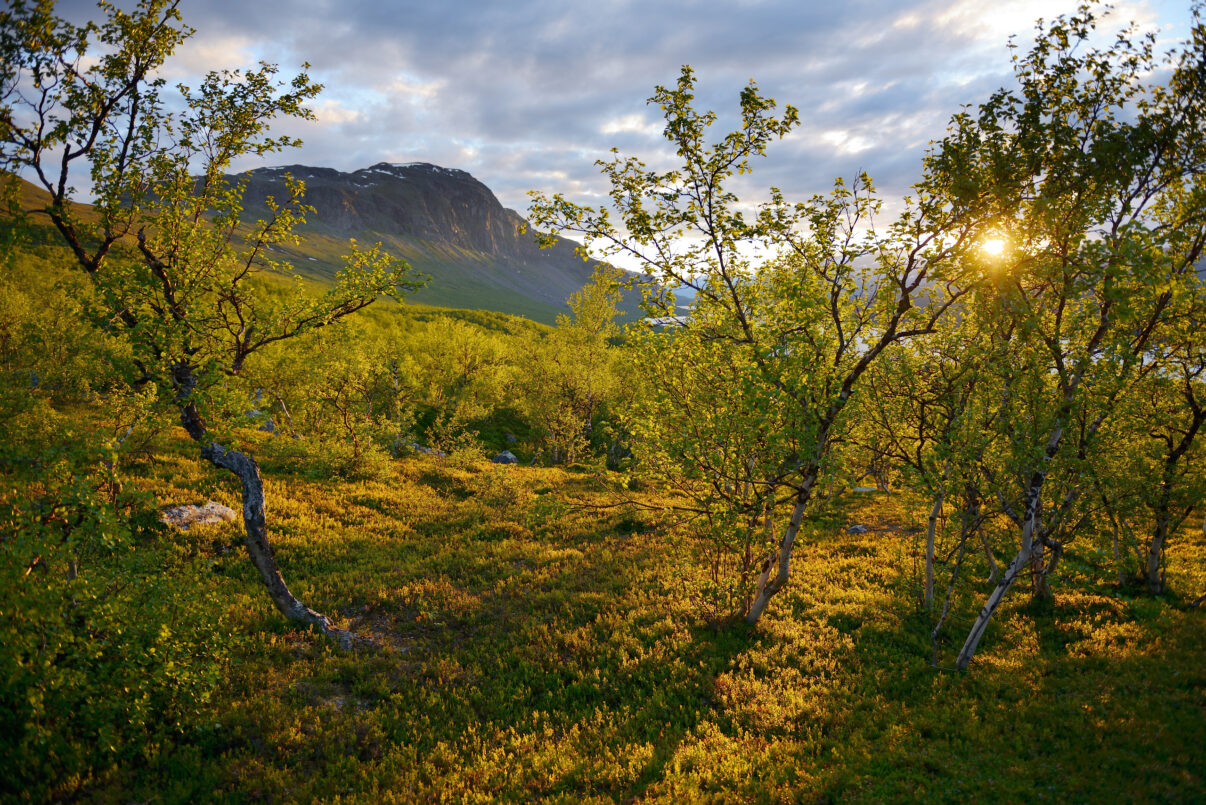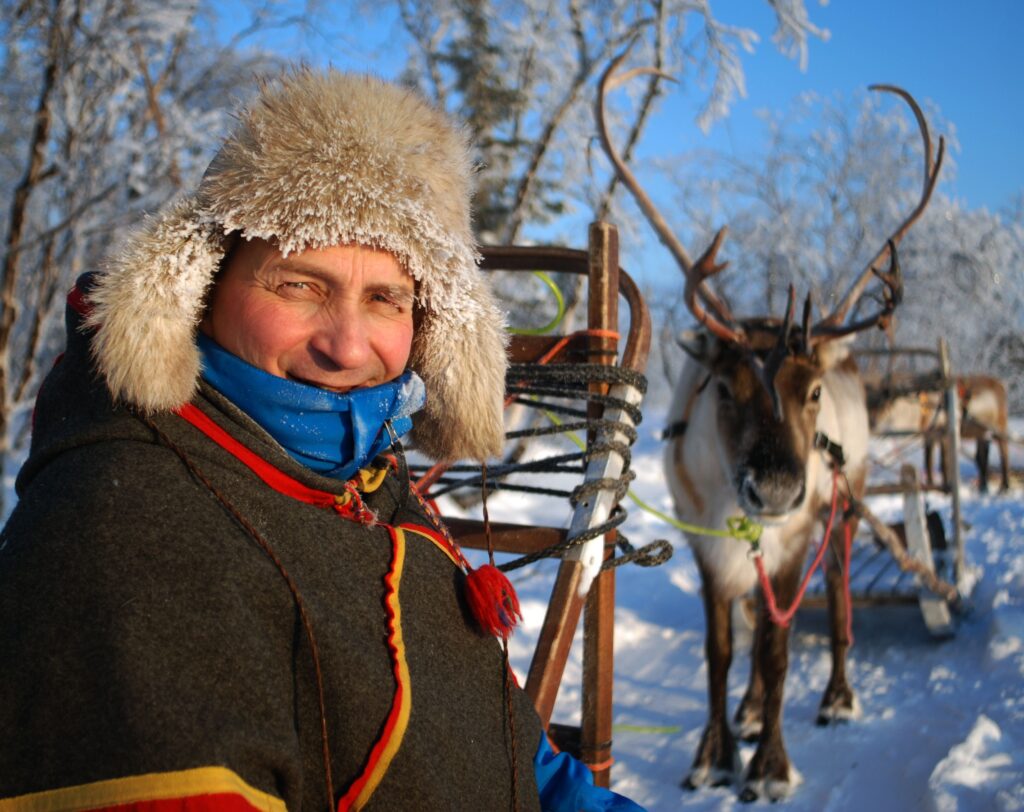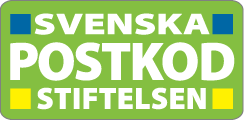Natural forests are good for climate, nature and people. Funded by a grant from the country’s Postcode Foundation, a new initiative is working to scale up forest rewilding in Sweden.

A rewilding showcase
A grant of 260,000 euros from the Postcode Foundation in Sweden is set to advance forest rewilding in the north of the country. Rewilding efforts, which began in June, will focus primarily on the Vindelälven-Juhttátahkka Biosphere Reserve in the county of Västerbotten, to the northwest of the city of Umeå.
“This is the first time that NGOs have undertaken such restoration work in Sweden,” explains Rewilding Sweden’s Programme Developer, Karin Åström.
“With Rewilding Sweden playing a key role, the idea is to showcase what we really mean by rewilding forests, and to demonstrate the benefits more natural forests can deliver to both nature and people.”
Allowing existing forests to reach their ecological potential is an effective, immediate, and low-cost approach for the long-term removal and storage of greenhouse gases, and also offers great biodiversity benefits.
Collaborative efforts
The 1.3 million-hectare Vindelälven-Juhttátahkka Biosphere Reserve is characterised by its rich Sámi and Swedish cultural heritage a heritage which is in danger of being lost in other parts of Sweden. The aim of the biosphere is to be a model for cultural diversity, identity and heritage, while simultaneously conserving and enhancing nature and natural resources.
Forest rewilding in the reserve will be carried out in cooperation with the biosphere organisation, including several Sámi villages.
“A range of forest rewilding measures will be employed,” explains Karin Åström. “Dense forests will be opened up by creating glades to enhance natural regeneration, while coarse dead wood will be created to benefit insects, birds and fungi species. Both of these measures will boost the health and resilience of the forest ecosystem. And there will be no clear-cutting, a hugely damaging practice which is still predominantly used in Swedish forestry today.”
Socio-economic benefits
In addition to enhancing biodiversity, the restoration work will also benefit local Sámi communities by supporting the seasonal migration of reindeer. The practice of reindeer husbandry, which was once an inextricable part of the Sámi existence, is today facing many threats, including intensive forestry. This creates physical barriers and has a negative impact on the abundance of lichens.
In natural conditions, both tree and forest floor lichens are a vital source of food for reindeer, especially during the harsh winter months. Yet densely planted trees in commercial plantations stop light from reaching the forest floor, preventing lichen growth, while many trees are cut down before tree lichens have grown big enough to be an important food source for reindeer. This means reindeer owners have to buy food for their animals, changing reindeer herding traditions and making reindeer husbandry uneconomical.
Rewilding measures employed on the biosphere reserve will also include opening up forests to allow more light to reach the forest floor, thereby stimulating lichen growth. This will also allow reindeer to physically migrate through the forest.

Scaling up
The vision of Rewilding Sweden and Rewilding Europe is to see more varied and natural forest greatly scaled up across Sweden – a country where old-growth natural forests are now so rare that many Swedes have never even seen one.
Over the next few years, rewilding efforts in the Vindelälven-Juhttátahkka Biosphere Reserve will be accompanied by activities in the Gothenburg area to reach out to people and promote the forest rewilding concept. A manual for rewilding boreal forests will also be produced, helping to inspire and guide other forest managers. Rewilding Sweden is also applying for other grants and funding to scale up its own practical rewilding efforts.

